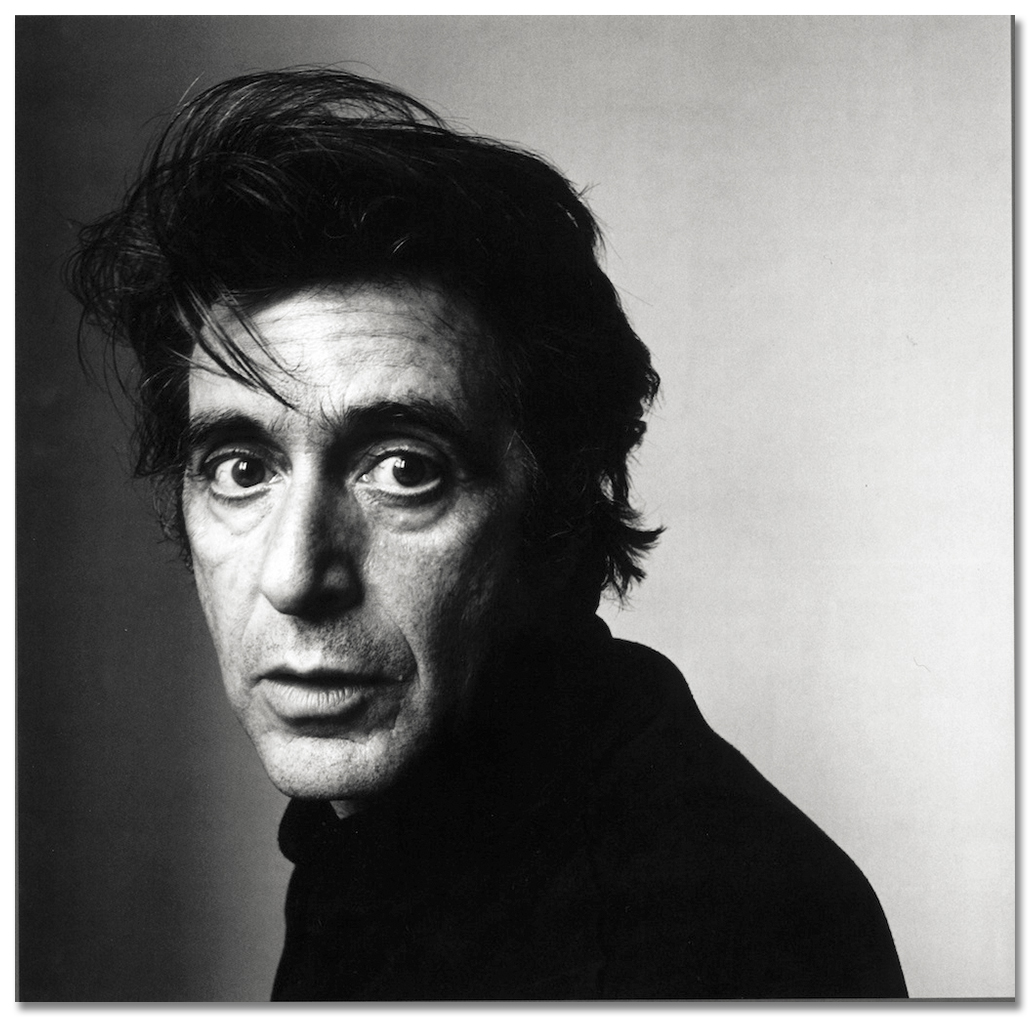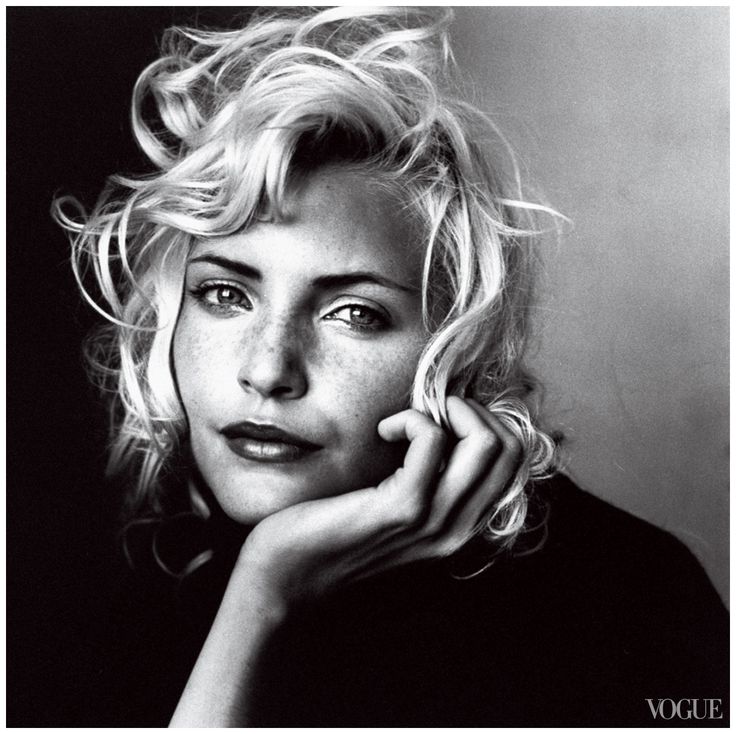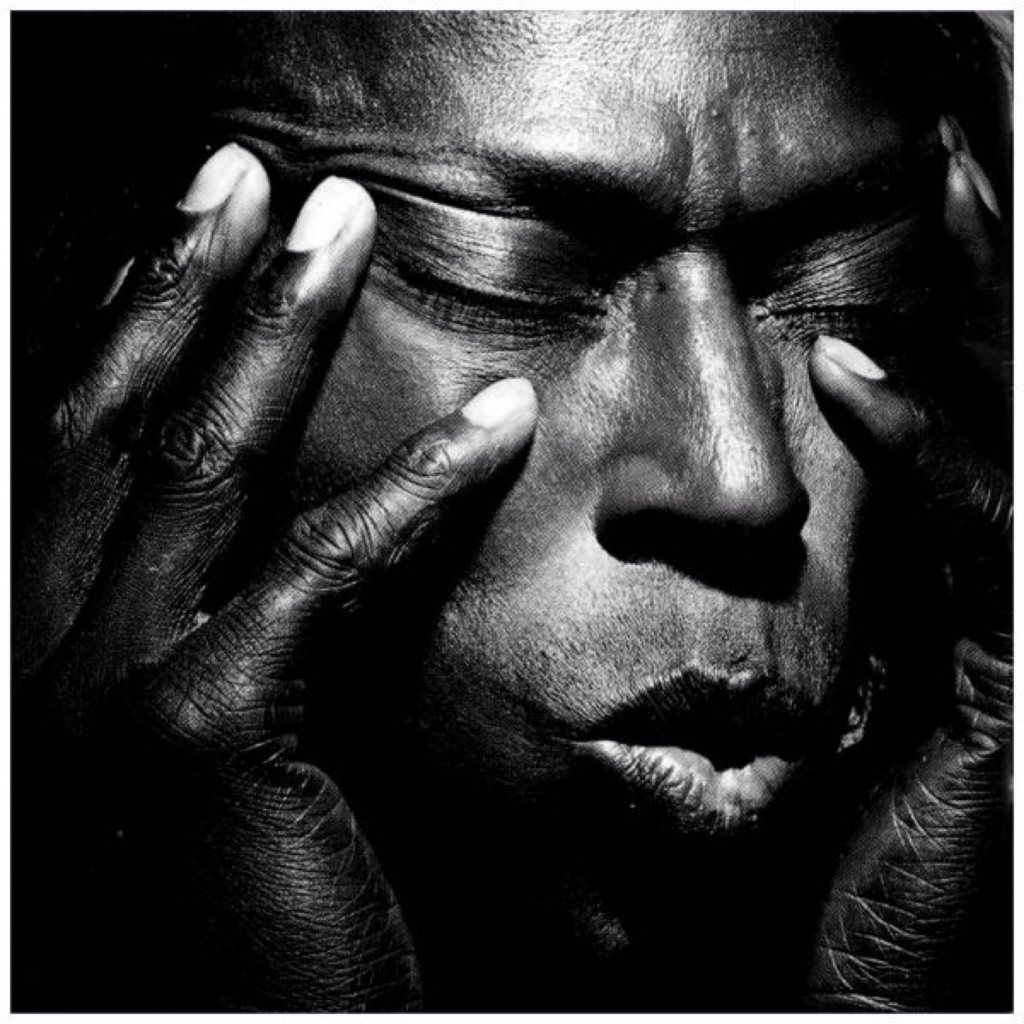IRVING PENN
Irving Penn was one of the most distinguished photographers of our time. Irving Penn Portraits is a glorious celebration of his work in this genre, focusing on his portraits of significant cultural figures over the last seven decades.
Irving Penn was born June 16, 1917, in Plainfield, N.J. Educated in public schools, he attended the Philadelphia Museum School of Art from 1934 to 1938, where Alexey Brodovitch taught him advertising design. While training for a career as an art director, Penn worked the last two summers for Harper’s Bazaar magazine as an office boy and apprentice artist, sketching shoes. At this time, he had no thought of becoming a photographer.
His first job on graduating in 1938 was as art director of the Junior League magazine; later, he worked in the same capacity for the Saks Fifth Avenue department store. At the age of 25, he quit his job and used his small savings to go to Mexico, where he painted a full year before he convinced himself he would never be more than a mediocre painter.
Returning to New York, he won an audience with Alexander Liberman, art director of Vogue magazine, who hired Penn as his assistant, specifically to suggest photographic covers for Vogue. The staff photographers didn’t think much of his ideas, but Liberman did and asked Penn to take the pictures himself. Using a borrowed camera and drawing on his art background and experience, Penn arranged a still life consisting of a big brown leather bag, beige scarf and gloves, lemons, oranges, and a huge topaz. It was published as the Vogue cover for the issue of October 1, 1943, and launched Penn on his photographic career.
Penn soon demonstrated his extraordinary capacity for work, versatility, inventiveness, and imagination in many fields, including editorial illustration, advertising, photojournalism, portraits, still life, travel, and television.
In his earlier work, Penn was fond of using a particular device in his portrait work, replacing it with a fresh one from time to time. Once, he placed two backgrounds to form a corner into which his subject was asked to enter. It was, as Penn explains, “a means of closing people in. Some people felt secure in this spot; some felt trapped. Their reaction made them quickly available to the camera.” During this ‘corner period’, His subjects included Noel Coward, the Duchess of Windsor, and Spencer Tracy, most of whom complied readily.
Two series of portraits are especially memorable. One was made during Christmas in Cuzco, Peru, the other in studios in London, Paris, and New York. The first, in 1948, high in the Andes, followed a fashion assignment. With a few days to spend between planes, Penn persuaded the local photographer to rent him his studio. Pushing aside the ancient studio camera and picking up his Rollei, Penn made some 200 portraits in color and black-and-white in a studio with a stone floor, a painted background, a small rug, and an upholstered posing chair similar to a piano stool.
Read The full Article On Israeli Lens Magazine Issue#7 Portrait Photography





